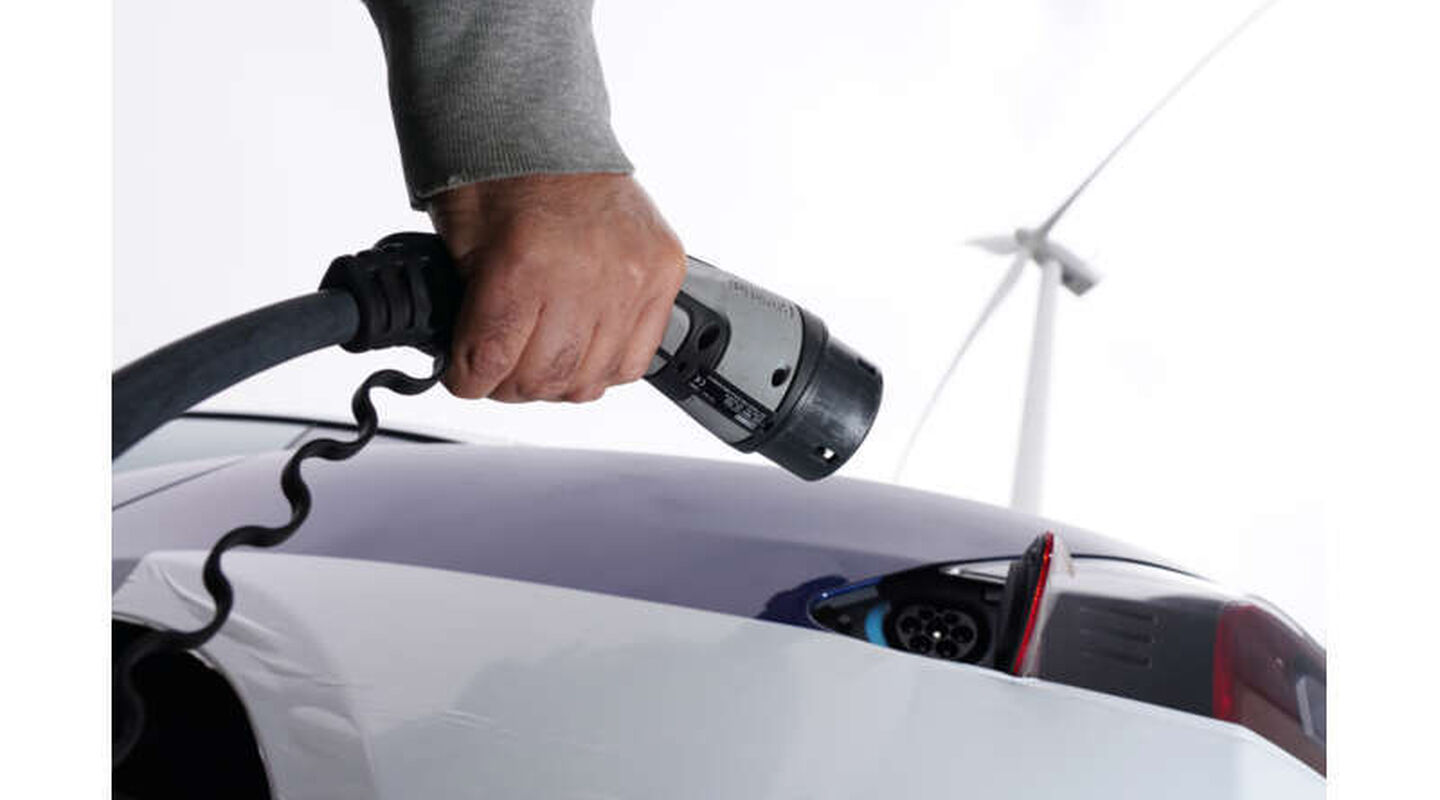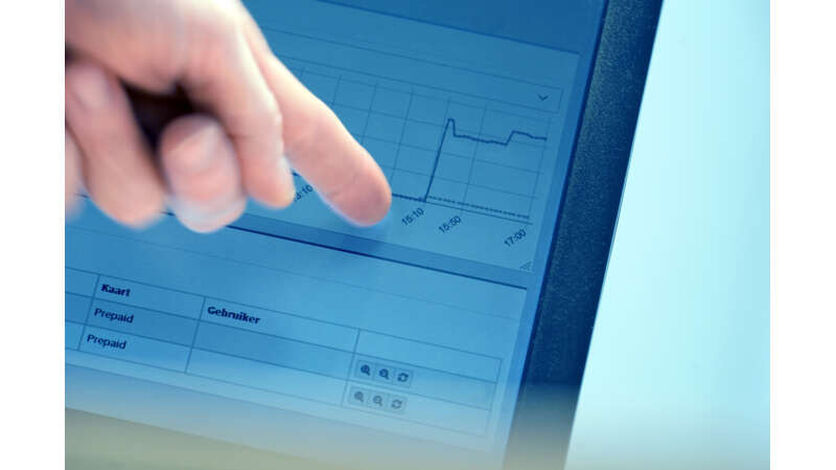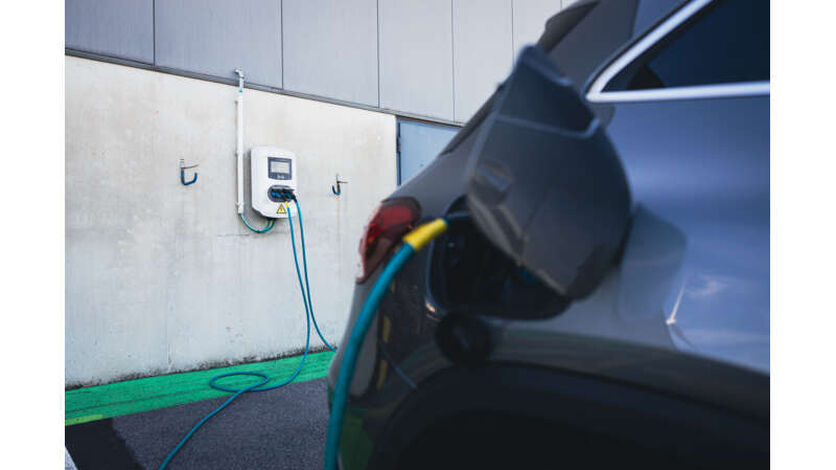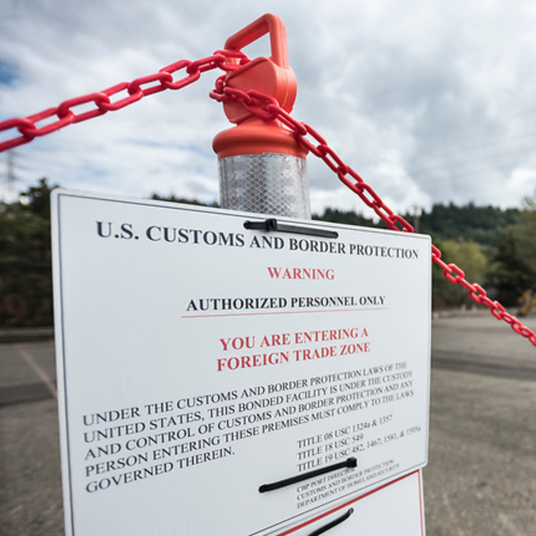The State of “State of Charge”: The important role battery level thresholds play in EV supply chains
An electric vehicle’s state of charge (SOC) is one of the key data points that is measured as an electric vehicle moves through the supply chain and is a critical consideration in maintaining a smooth flow of vehicles from factory to dealer.

Charging for Exception
It’s common practice for electric vehicles to have their battery’s level of charge measured before and after they’re loaded on a vessel. Upon arrival at the port of discharge, our staff will measure and record the state of charge of each battery with their mobile scanners. This information provides vital data points for both our staff and our customers. It informs our staff if a vehicle’s battery level is below the threshold level set by the OEM, and it gives our customers insights into the status of the battery as the vehicle moves through the supply chain.
These insights also paint a broader picture that shows how the SOC is impacted as a vehicle moves from the processing center to the final destination – whether it’s a dealer or straight to the end user.
On average, a battery’s SOC depletes by 1 percent for every 10-12 days it spends at one of our facilities. This is regardless of the vehicle’s brand, size, battery type, or the work done at the vehicle while it’s in our hands.
Since the SOC does not rapidly deplete, it reduces the number of vehicles that need to be charged by charging only by exception. This also reduces the number of charging stations and the amount needed to charge large volumes of vehicles at once.

Adjusting SOC Thresholds
At our facility in Annacis Island on the West Coast of Canada, we recently optimized charging processes for one of our customers.
By adjusting SOC thresholds, we achieved a remarkable 99 percent reduction in the number of vehicles requiring charging. This strategic initiative addressed delays in dealer delivery caused by a high volume of vehicles being charged upon arrival. Collaborating closely with our customer, we successfully lowered the charging threshold, enhancing the overall efficiency of vehicle processing and ensuring that vehicles reach dealerships promptly and in optimal condition.
“Innovation in optimizing charging thresholds is a testament to our commitment to enhancing operational efficiency. Our collaborative effort with customers exemplifies our dedication to delivering first-rate solutions that drive success in the automotive industry.,” says Tim McGee – VP of Canada Operations.

Supporting the rest of the Supply Chain
On top of improving the throughput of vehicles through the processing center, setting appropriate SOC thresholds also benefits the rest of the supply chain.
Starting before the vehicle is even built, the SOC threshold impacts the battery supplier and manufacturers. Their factories are designed for the primary purpose of manufacturing batteries, not necessarily charging them. Reducing the SOC threshold allows the batteries to be delivered to the vehicle plant without being delayed while they await charging.
Similarly, at the vehicle plant, those facilities are not designed to charge large volumes fully. As they prioritize space for manufacturing activities, it would not be feasible to carve out a big enough area to fit all of the chargers and find a suitable location to ensure a smooth flow of vehicles through the facility.
“Working through processes such as this backward, as we do for any root cause analysis study, helps us design the supply chain for the most optimized process forward,” says Ted Boudalis – VP of Automotive Processing, US Ports.
Once the vehicle arrives at the dealer with a suitable SOC, their staff can focus on the final preparations they need to complete and ensure there is enough battery charge for the buyer to drive off happily with their new vehicle.


